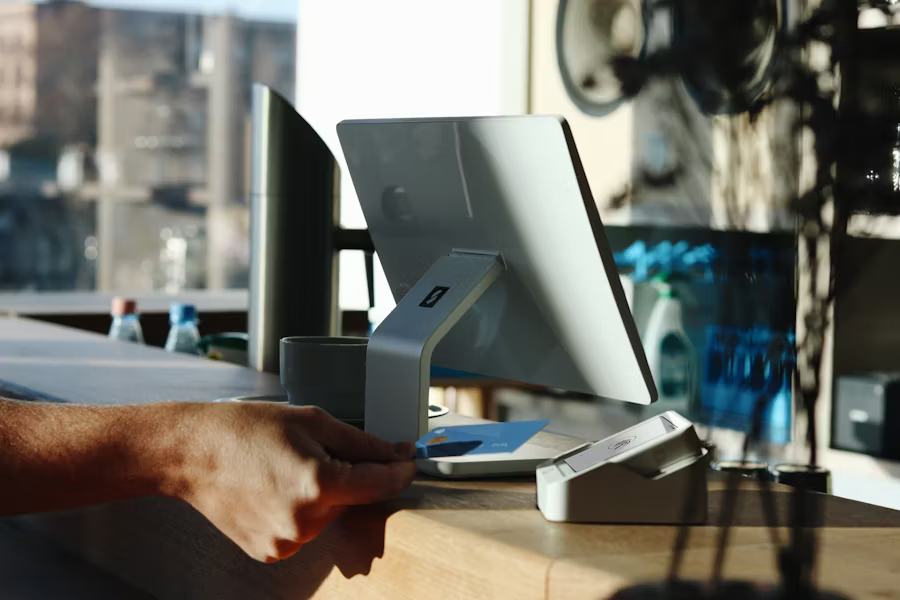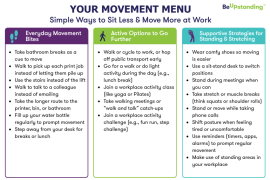While we have been busy incorporating insights from the BeUpstanding implementation trial into the development of BeUpstanding 2.0, our original platform has remained publicly accessible. Without active promotion during this period, we became curious: how are people still finding us—and what are they doing when they get here? To answer this, we reviewed and analysed website data from the past 12 months (March 12, 2024 – March 12, 2025). This snapshot gives us insights into what’s working, what could improve, and how to better prepare for the next phase.
Who Are We Reaching?
The data shows that over 75% of users are from Australia, with a high concentration in major metropolitan areas like Sydney, Brisbane, and Melbourne. But beyond the big cities, it’s worth celebrating that users from regional and remote parts of Australia are also engaging with the platform. This broad spread confirms that BeUpstanding continues to serve a truly national audience.
Internationally, we’ve seen growing interest from the United States, United Kingdom, New Zealand, and China. While these countries currently represent a small percentage of our total traffic, their consistent presence suggests promising opportunities for global engagement in the future.
How Are Users Finding Us?
Most users accessed the website by either typing the URL directly or following links from trusted sources—such as partner newsletters, workplace wellbeing bulletins, or internal organisational communications. This indicates that even without active marketing, BeUpstanding is sustaining recognition within key networks and word-of-mouth channels. On the flip side, traffic from organic search (e.g. Google) and social media remains low. This highlights a key area for growth: expanding our visibility outside of our immediate professional circles to reach a broader public audience.

What Are People Doing on the Website?
Visitors are coming with clear intent. The most popular pages include:
- The BeUpstanding landing page, where users can explore the foundational framework of the program.
- The Free Resource Area, offering accessible tools and tips.
- The Registration and Login pages, indicating readiness to engage.
- The Toolkit Unlock Page, where users begin implementing the program.
These patterns show that users aren’t just browsing—they’re looking for resources and taking steps toward action.
However, the data also revealed that we are not getting much interaction with our multimedia content, suggesting that there is room to make the experience more engaging and immersive.

Where To From Here?
These insights help us shape strategies as we gear up to promote BeUpstanding 2.0. Building on the promotion from our policy and practice partners, we will also be looking to grow our social presence through sharing stories, updates and testimonials – let us know if you would like to feature in any of these! BeUpstanding 2.0 also provides opportunity to enhance the user experience on the website, through elements such as interactive quizzes, videos, and enhances site navigation.
Final Thoughts
This period of quiet growth—without formal promotion—has been revealing. It shows that the demand for practical workplace health tools is real, and that BeUpstanding continues to resonate with users seeking meaningful change. As we move toward BeUpstanding 2.0, we’re more committed than ever to making it visible, accessible, and impactful—for users in Australia and around the world.
This blog was written by Wenqi Yi as part of her 4th year psychological science placement with the BeUpstanding team.
![]()








Comments are closed.